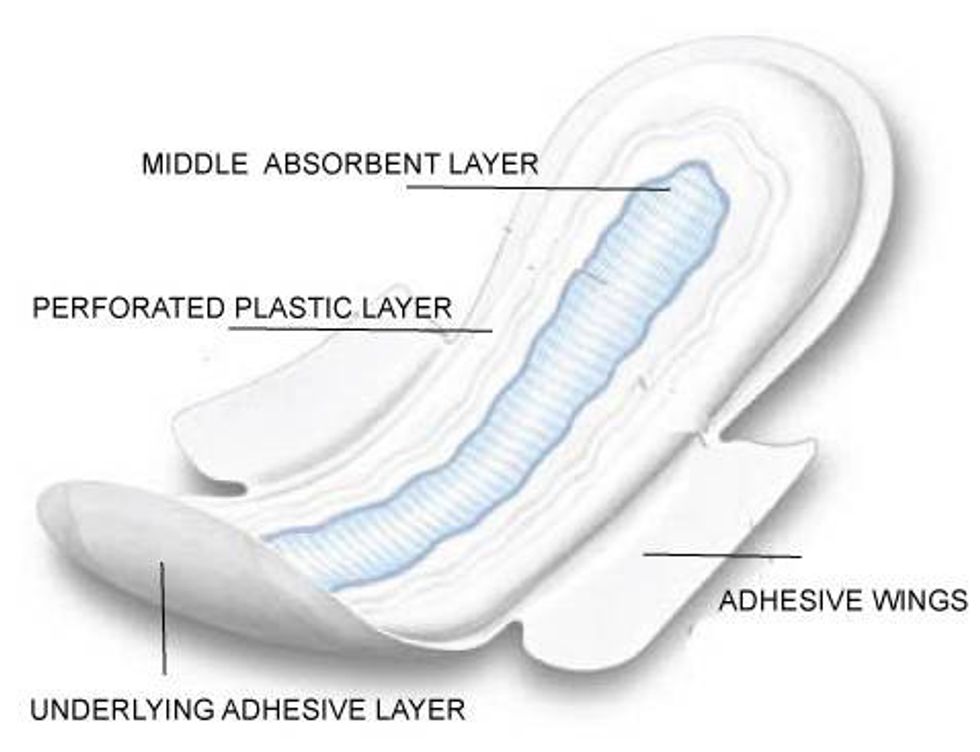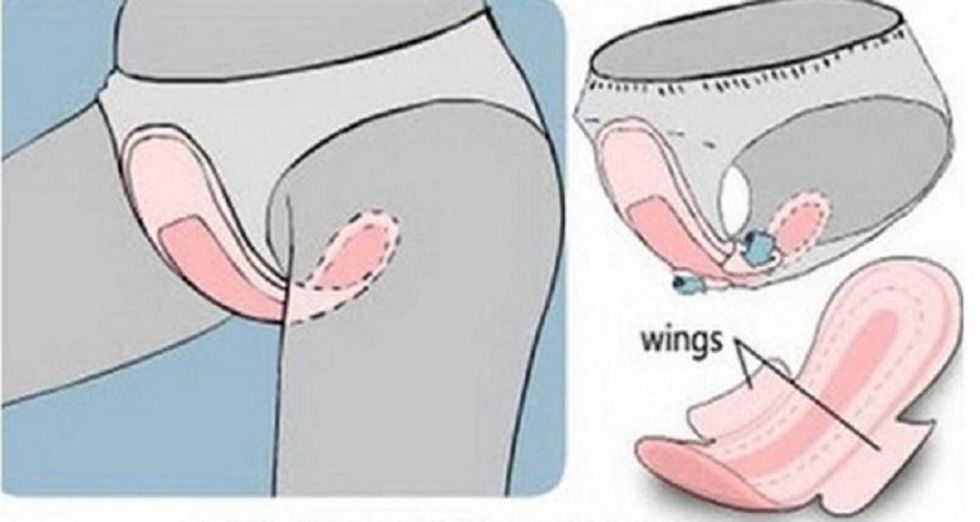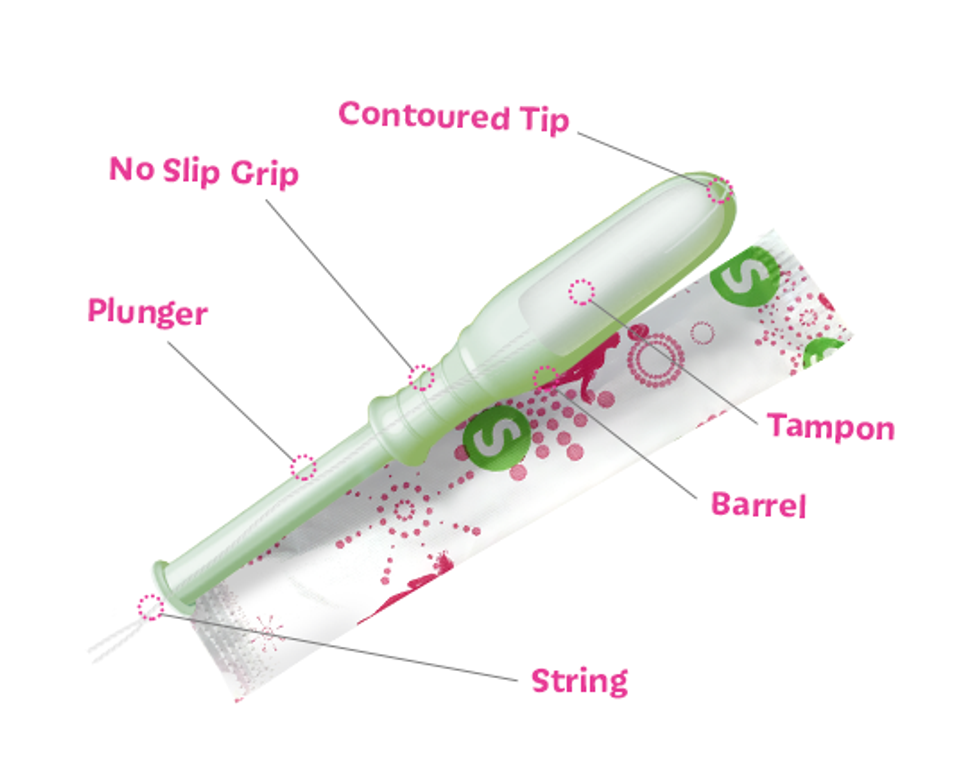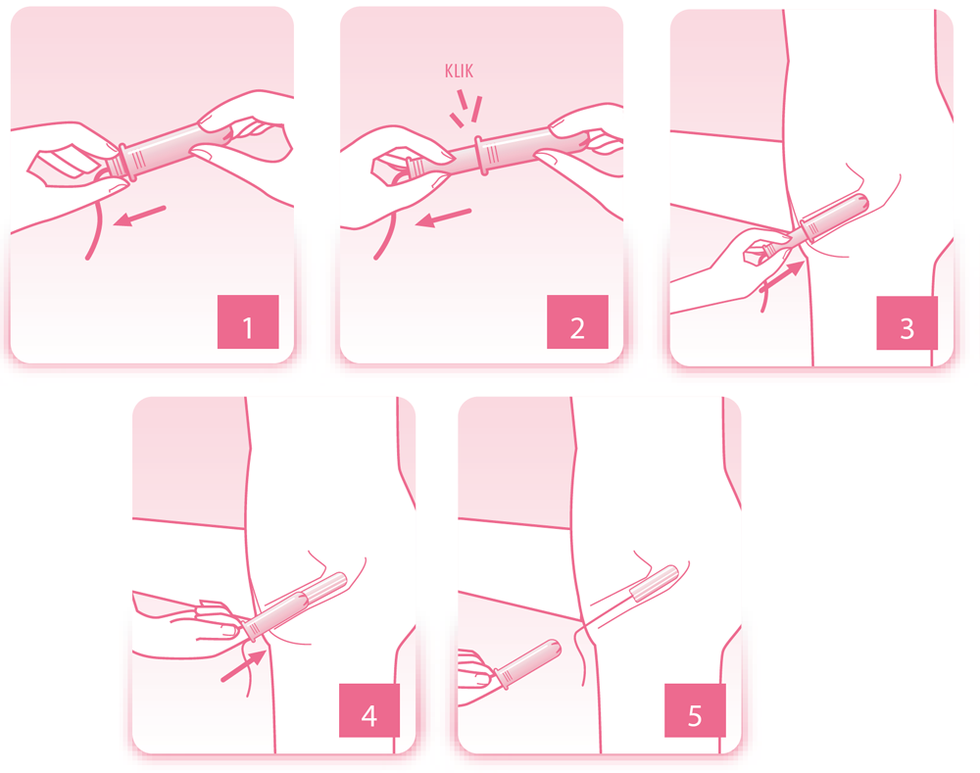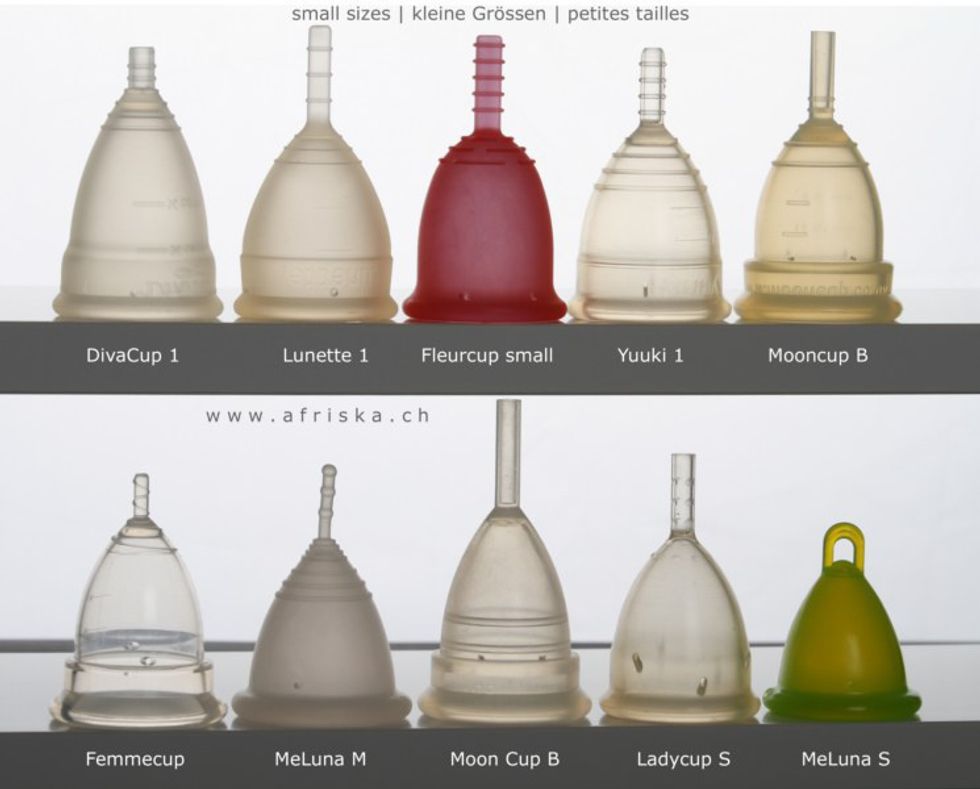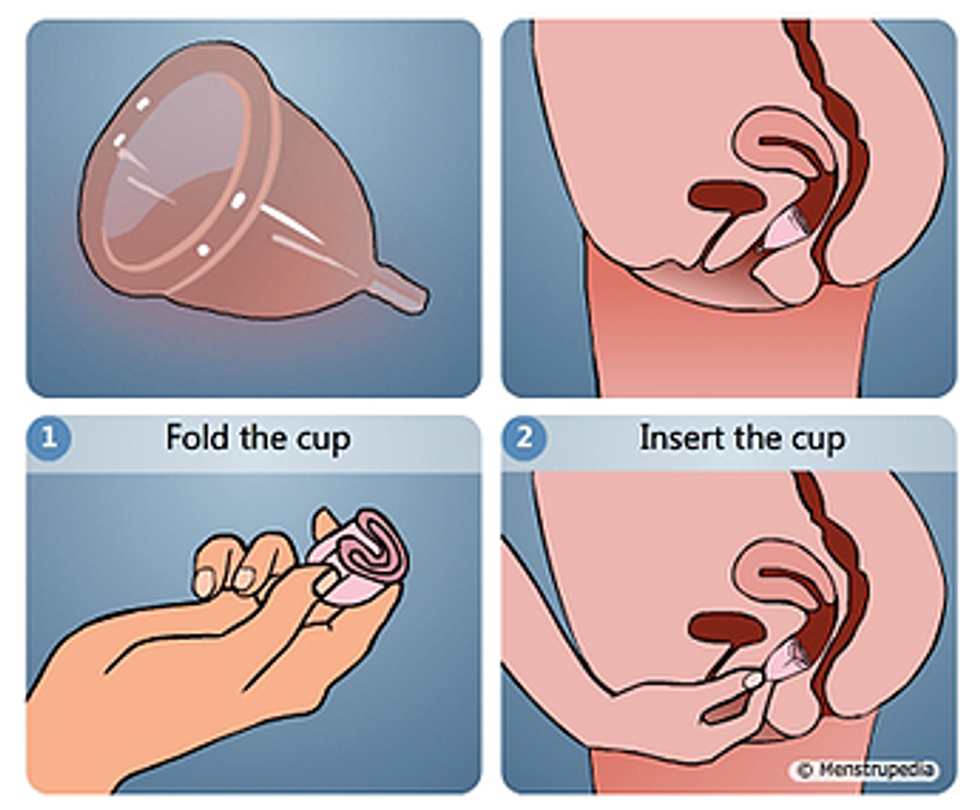Alright, many of us have been having "monthly visitors" for a couple of years now, and some of us for up to half of our lives. But how many of us have actually taken the time to figure out the best option for keeping our monthly visitors, well, occupied?
Now, it's time to lift the euphemistic veil and talk about the cervix, vagina, and menstruation.
The most common methods for soaking up menstrual blood are tampons and pads. There are more options than just these for those who are seeking for other methods for various reasons. So let's get a run-down on the available products, how to use them, their pros, and their cons.
There are arguably three main products on the market today for those who experience menstrual bleeding: pads, tampons, and menstrual cups.
Pads
Pads are often what many of us initially use when we first experience bleeding. They consist of many layers of absorbent padding, often made of cotton, with an adhesive that sticks to your underwear.
Pads can oftentimes be the most visible indicator of how much one is bleeding, and as a result is often the best method to use for being able to know when a fresh pad is needed. Oftentimes they can be the easiest method to get right the first time, thus it can often be the quickest method. They come in many shapes, sizes, colors, absorbancies and even price ranges.
One of the worst things about pads, though, is the smell. Once menstrual blood comes into contact with air, it begins to smell. This smell is different from person to person. Pads can also lead to vaginal irritation if they do not fit well, or just from prolonged exposure to the blood and other pad materials.
Tampons
Tampons are usually the next product people try when their lifestyles demand it, they want a cleaner solution, or they are just ready to try something new. A tampon is often made of absorbent cotton and is inserted into the vagina with the help of a cardboard or plastic applicator.
When a tampon is inserted properly, you cannot feel it. It is internal so blood is not exposed to air which eliminates a lot of the odor associated with menstruation. Tampons are a wonderful menstrual solution for those with an active lifestyle, and even allows for swimming during menstruation! It's also great for those who don't like the idea of their menstrual blood being in contact with their body for prolonged periods (no pun intended?). They come in five different sizes, (light, regular, super, super plus, ultra), different insertion methods (plastic, cardboard, no applicator), and again a flexible price range.
Tampons, however, can sometimes be difficult to insert properly--even after some experience with them--in order to be most effective. If you aren't incredibly familiar with your menstrual flow, it can become too full. Tampons can lead to Toxic Shock Syndrome (TSS), which can be exceptionally dangerous if not caught and treated right away. TSS is rather rare if you pay attention to your flow and change them regularly. However, changing them too regularly can lead to small tears (more like slight scratches) in the vagina, which can also increase the risk for TSS.
Menstrual Cups
Menstrual cups are often the least talked about product on the market. In fact, there aren't even very many menstrual cups out there. These are made of more durable materials than pads and tampons such as latex, are also inserted into the vagina (around the base of the cervix), and may need to be hand-washed.
There are a lot of menstrual cups in the above picture, but I have only ever seen The Diva Cup in store, and the Softcup. The cup is pinched or folded to fit into the vaginal opening with the open part of the cup going in first. Once inserted all of the way (it will stop when it is in all of the way against the cervix), the cup will open along the base of the cervix and sits so that the pelvic muscle holds it in place.
Menstrual cups can be worn all day without worry about TSS or them filling up. As with the tampon, you don't have to worry about smell or being in contact with the blood for a long period of time. Only some brands have different sizes or different colors, and some brands have disposable (used for up to one cycle) and reusable versions.
Menstrual cups, however, have to be rinsed, by hand, at the end of every 12 hours. This means draining the blood from the cup and using a mild wash to clean it before reinsertion. Unlike tampons and pads, you have to use your fingers to place the menstrual cup against the cervix in order to work properly. This often means having to insert your fingers at least part way into the vagina. These are also a more expensive option to pads or tampons to start with, but often the price pays off after a couple of months of use.
My personal experiences with all of the above...
I still use pads on occasion — they're great for those days where your flow is too heavy for a panty liner but too heavy for a regular tampon (I can't even find a light tampon in stores anymore unless it's in a 40-count variety pack). They're quick and easy, and I don't have to worry about if my tampon is leaking or not.
I mainly use tampons. I love not having a menstrual stench, or having to worry about if I smell or not. I love them for summer months when I am swimming, or when the higher temperatures make the menstrual stench even worse.
I have tried menstrual cups twice, the same kind both times. Once inserted, I felt a lot of pressure on my cervix that was incredibly painful after a couple of minutes. I could easily have had too large of a cup, or was not good enough at insertion technique. I know I would love them if I could find the right fit for me.
My last words to you would be to be adventurous and try different methods! Even the ones that I have not mentioned here. We didn't choose to have periods, but we can choose what products we use to manage them. Happy hunting!




